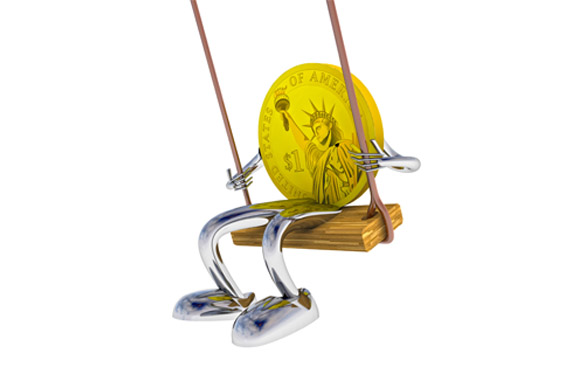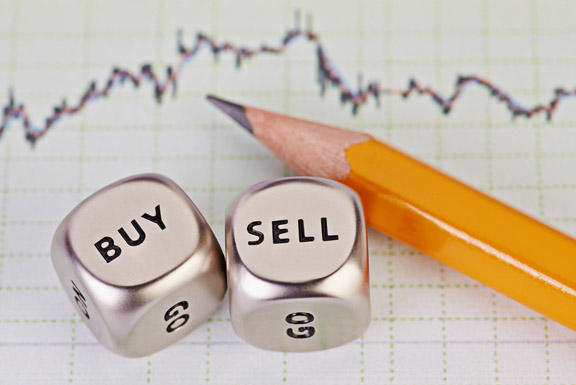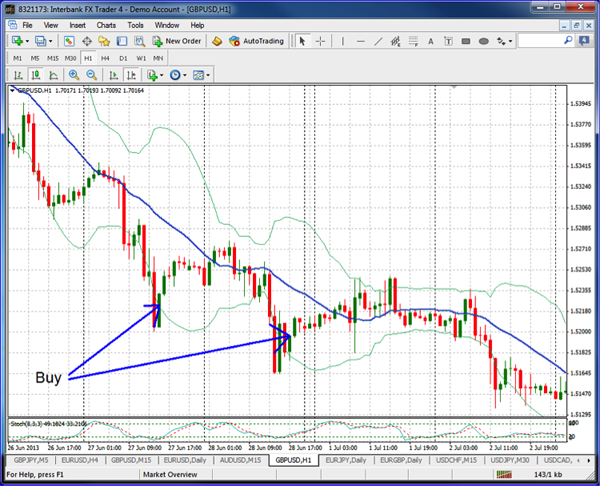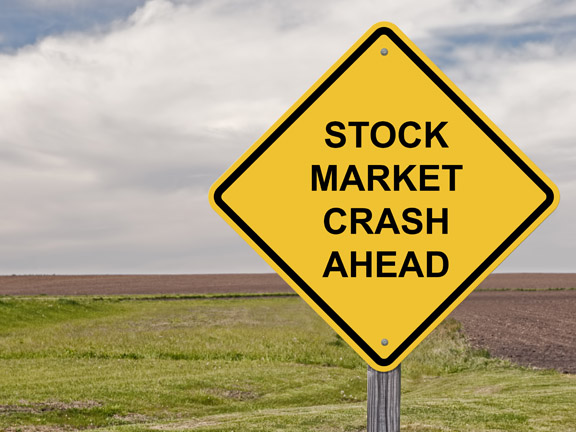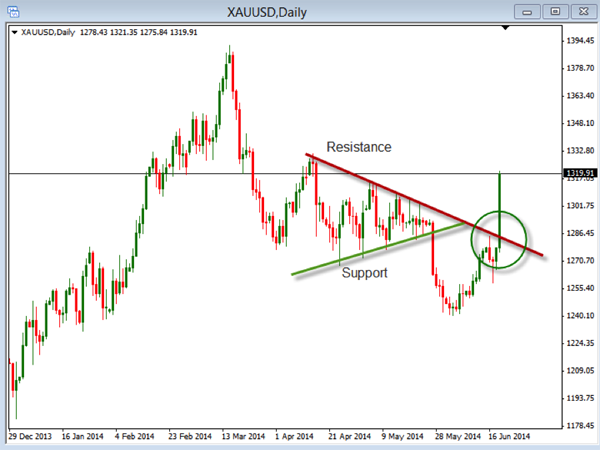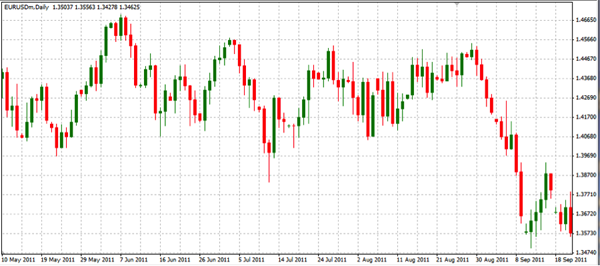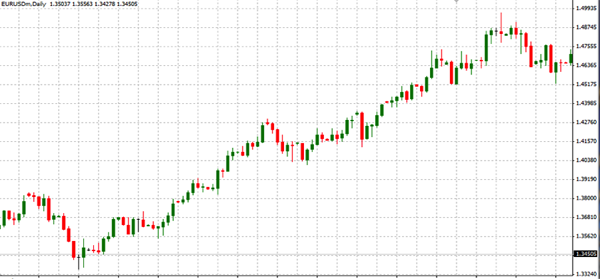Technical indicators are not all created equal; some are good to use, some are not much help at all, and some are just plain useless. I notice that there are a lot of online brokers that advertise on television touting their trading platforms and all of the information that that they provide to investors and traders. They will state that they have all of the indicators that you could possibly want, or need, to be an effective trader, giving you the ability to grow your assets. One of the first questions that pops into my mind when I see these commercials is, “Why?” The longer I trade and invest, the more and more convinced I am that, to a large degree, technical indicators can be a diversion that can take you away from what is actually happening in the market at any given time. They’re akin to sleight of hand in some respects, or a big magic trick. The things that makes magic tricks successful is the setup, the diversion, and then, finally, the “Gotcha!” The reason that I say this is because people can get so caught up with what technical indicators are supposed to tell them that they can lose sight of the most important indicator, which is the price action itself.
If you look at charts enough, you will see that the price action can tell you most of what you need to know. Generally speaking, trading is simply recognizing repetitive patterns that occur on a chart, as early in their development as possible. The earlier you recognize what pattern is likely to develop, the more advantageous it is. Since all technical indicators are lagging indicators, the price action must have already occurred before they can be created, so what do they really tell you and how predictive are they? Traders that are pure technicians may have an issue with this, but facts are facts. Technical indicators are like anything in the trading world, they work great until they don’t. When they stop working, or at least working to the level that they have worked in the past, we either need to make some adjustments or we need to wait until how we were using them becomes effective again.
Think about something as basic as a moving average based on any time period. Period moving averages are typically important to traders because they tell you where the middle of the market is for a specific time period. Many traders will only buy above a specific average and they will only sell below a specific average. They are an indication of the general direction of a security over the given number periods, which may be indicative of which way it may go in the near future, but why are moving averages so important? My opinion is that they really aren’t by themselves. Averages are interesting because they do tell you where the middle of the market is, but, like most technical indicators, they are only important because so many traders and investors believe that they are. It is very common for a lot of people to place entry orders, profit targets, and stops around specific averages. So when those levels are reached, a lot of orders get triggered. The average itself isn’t important; the fact that so many people believe that they are important and regularly use them in their trading is what makes them important.
A very common question that comes up, especially for newer traders, is around the default settings – are the default settings that are on the trading platforms good to use or should they be adjusted? If you are using technical indicators, I believe that the default settings can be very useful in some cases; however, do not be afraid to change them and experiment with them. Depending upon the market being traded and the goal of the trader, I find it is usually best to find a setting that is fast enough to reflect the market moves, but not so fast that the indicator will turn with every bump in the price action. When you do this, there are some technical indicators that can be useful, but don’t let yourself get sidetracked and bogged down with so many indicators that you can’t make a trading decision.


